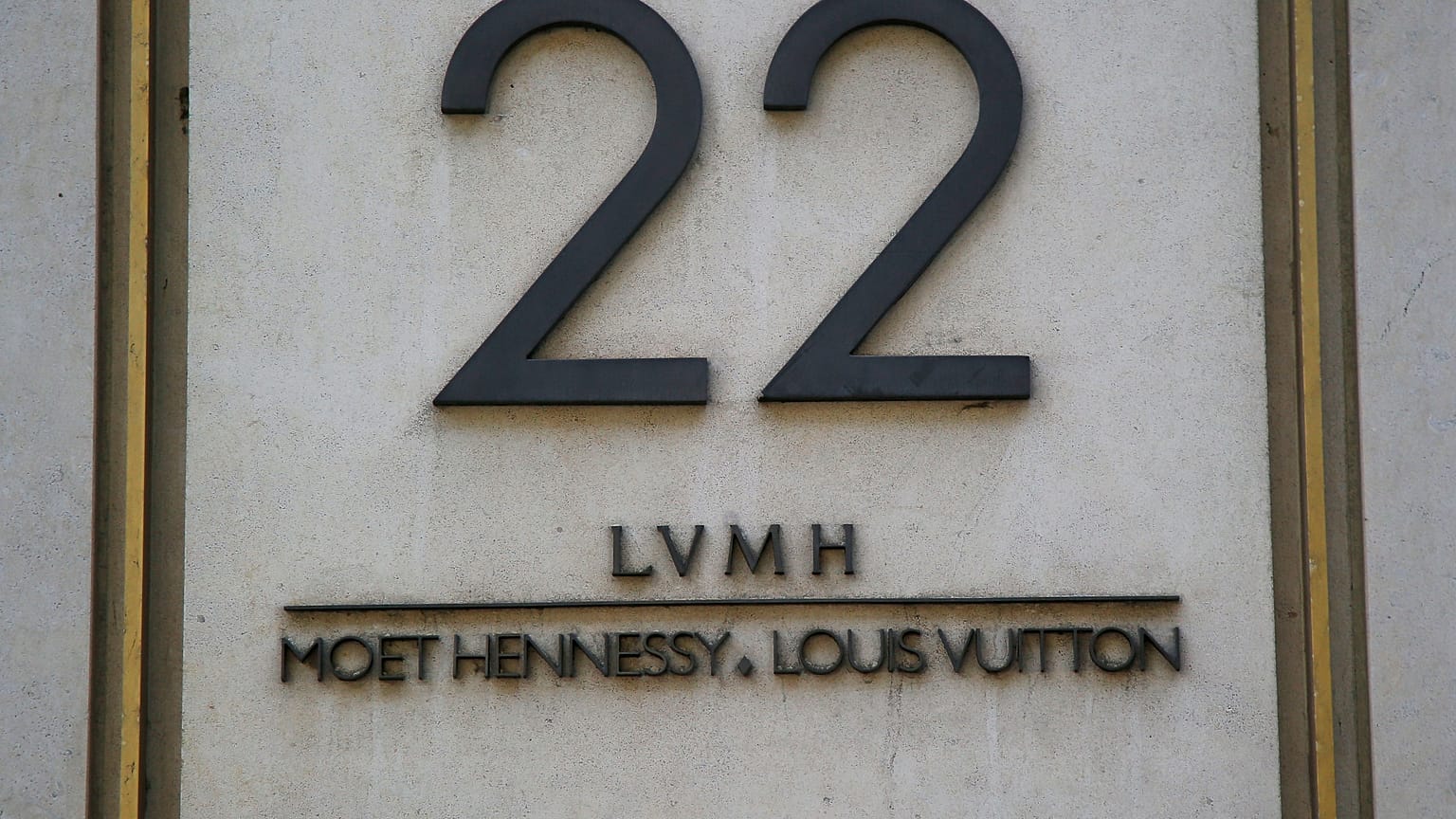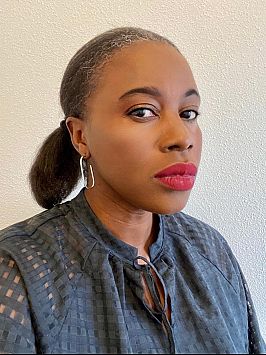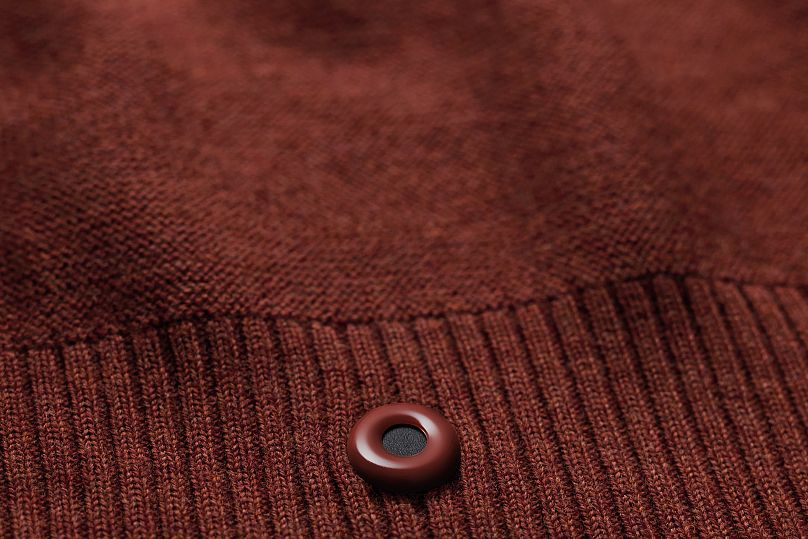Blockchain might feel like just another new buzzword in fashion but what is arguably more interesting than the technology itself, is the culture shift it represents in companies wanting to be more transparent.
The labels in our clothes, like so many other things in our lives, are going digital. In doing so, brands are also hoping the information shared on them will be more trustworthy by encrypting it with blockchain. Fashion is exploring new ways with the data-storing technology behind NFTs and cryptocurrencies to tackle counterfeit goods and be more transparent on their social and environmental efforts.
The next time you’re out shopping, instead of a silky tag that fades in the wash and gives a vague steer on the country of production, you might come across a small badge with a chip inside which you can scan with your phone to access a unique database for that item. This database, which enables multiple parties to add (but not remove) information, could verify the product’s authenticity, tell the story of how it was made, include details of aftercare services available and track if the product is resold or passed on to a new owner.
The use of this tool in the fashion sector is gathering pace.
“If you were to talk to fashion people five years ago, the idea of blockchain was something that was really hard to get their head around. It was very much attached to the financial industry,” says fashion technology consultant Muchaneta Kapfunde. “People need to see case studies and brands showing how it can be used but when one person does that, the rest follow.”
Aura, a blockchain consortium launched last year, has signed up leading names including Prada, Louis Vuitton, OTB and Cartier. It has now created more than 15 million digital tokens that connect luxury products to a data portal.
Daniela Ott, general secretary of Aura, says: “It’s giving more power to the consumer. They can know exactly where every product is coming from, giving them the certificate of ownership, a certificate of authenticity and helping them enter into resale more easily.”
The luxury resale market is expected to grow by 10 to 15% in the next decade according to consulting firm McKinsey. Authenticating secondhand items remains a challenge for resellers, as well as consumers who want to be sure they’re buying the real deal. However, one scan of a chip could now offer a more comprehensive, verified insight into what you’re selling or buying.
While fashion brands are a trustworthy source on authenticating product, their honesty and transparency surrounding the conditions within their supply chain has not, historically, been good.
Having multiple contributors is a key component of its credibility. Currently, supply chain information is communicated solely by the brand. Blockchain services enable suppliers to be a part of this communication too and some involve third-party verification of the information.
Kapfunde explains: “At the moment, how we operate is we always have one person who has all the information and then there’s several other people giving that one person information. They control the information, so how do you know that one person is telling the truth? If we’re living in a society where everybody has the information and if one person changes their information, everyone is aware of it, it makes it a much more open society.”
Blockchain as storyteller
Designer Martina Spetlova has been using blockchain service provider Provenance to share the sustainability credentials behind her woven leather jackets and bags with her customers since 2018.
“I use the blockchain to tell the stories behind the brand, to showcase the suppliers, and one of the most important things is that the client taps into the verification,” Spetlova says. “If I have a new supplier, or want to make new claims through the platform, I have to contact [Provenance] and I send them evidence.”
Data storage and energy concerns
While blockchain can be a useful in proving sustainability credentials, it has environmental implications itself.
“I have some double thoughts about blockchain,” admits Spetlova. “I’m aware of the energy usage. It's something I'm always thinking about.”
Data stored via blockchain consumes more energy than data stored on websites and has been a hot topic in criticising the technology. While designers like Spetlova are only storing a small amount of data with blockchain, if larger brands begin to use the data in more and more products, it could significantly add to the footprint of the industry.
Aura says it is addressing this by running its platform on renewable energy and has a goal to be carbon neutral by 2025.
Blockchain rejected
Knitwear label Sheep Inc. includes scannable chips with its products to share the story of its supply chain, including linking owners to their very own sheep which they’ll receive updates about. The brand originally planned to use blockchain to do this, but changed its mind.
Michael Wessely, co-founder of Sheep Inc, explains: “We moved away from blockchain relatively quickly for the simple reason that blockchain is a huge environmental issue, it takes a lot of computer power to run them. We believe blockchain makes sense only if you have a very concrete use case.”
The company is currently building a carbon accounting platform on blockchain for themselves and other brands to be able to track the carbon emissions at each step of the supply chain and be able to compare it to other businesses on the platform.
“We want to make sure that any data that is spun onto the platform is not being able to be falsified, it’s immutable, it’s decentralised: all the great things that the blockchain solution enables us to do,” says Wessely.
Blockchain might feel like just another new buzzword in fashion but what is arguably more interesting than the technology itself, is the culture shift it represents in companies wanting to be more transparent.
“Brands offering up information about their behaviour is a very good thing no matter what the technology. That is absolutely the first step in the right direction,” says Wessely.
Ott adds that fashion and luxury brands are also working together much more than in the past: “[With Aura] you have competitors collaborating for the greater good, which is quite new. It's about working together on a day-to-day basis to share technological solutions.”
Kapfunde is confident that blockchain is here to stay, but says that honest communication from fashion brands is the real trend.
“Transparency is going to be something that is not only demanded by consumers, but it’s going to become the norm. The old way of being a fashion business is rapidly changing thanks to various technologies, one of them being blockchain.”






















